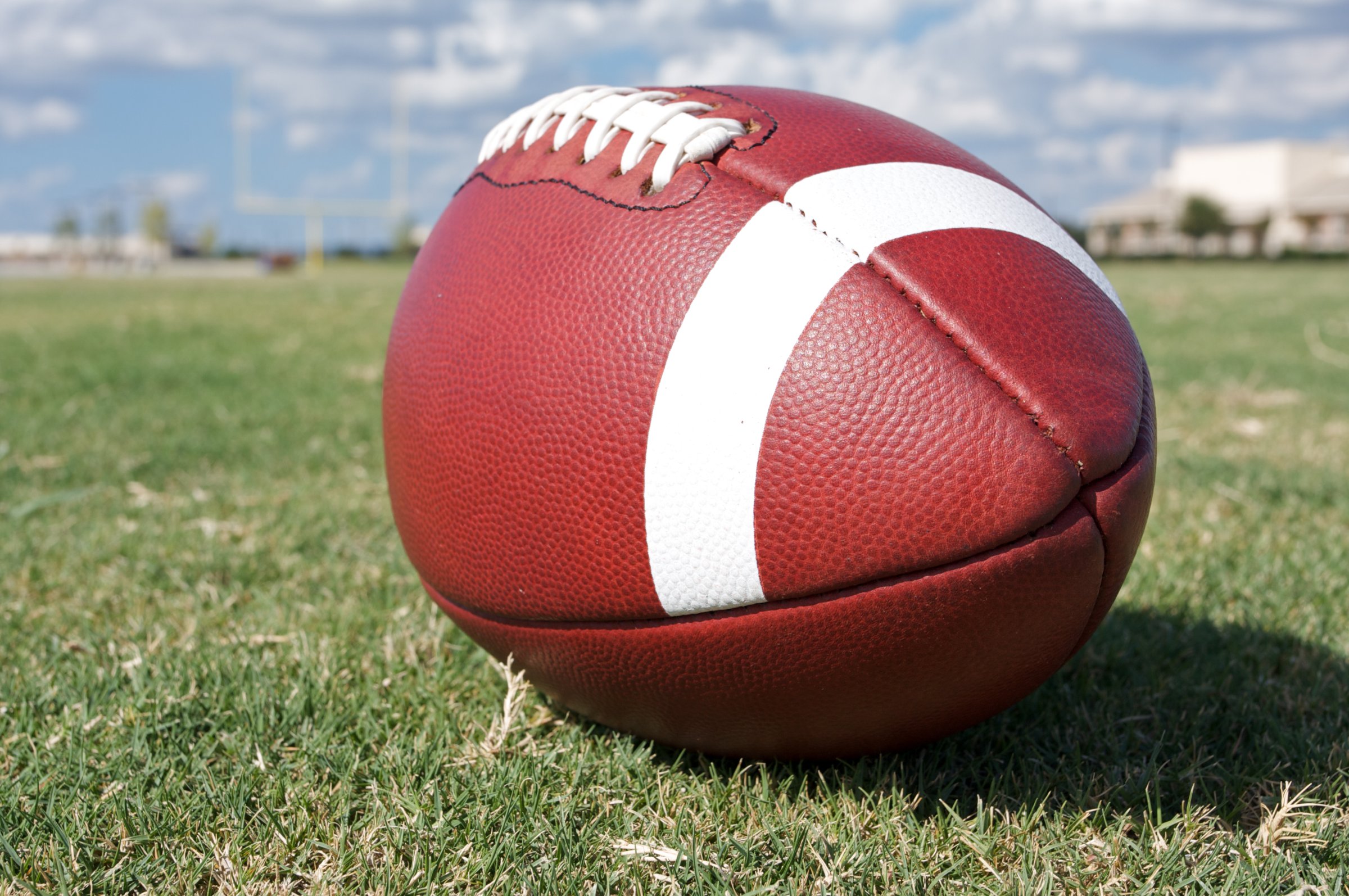
A leading pediatrics group says young football players should be allowed to tackle on the gridiron, but only if proper technique is enforced.
In new recommendations released on Monday, the American Academy of Pediatrics (AAP) says that while removing tacking from football altogether would “likely lead to a decrease in the incidence of overall injuries, severe injuries, catastrophic injuries, and concussions,” removing tackling from the sport would lead to “a fundamental change in the way the game is played.”
As TIME has previously reported, the risks of concussions and other brain-related injuries among teenage football players has become increasingly clear. Some within the medical community have called for lowering the number of practices where tackling is included, postponing tackling until a certain age, and even banning high school football.
“Participants in football must decide whether the potential health risks of sustaining these injuries are outweighed by the recreational benefits associated with proper tackling,” the group writes in its recommendations published in the journal Pediatrics.
The authors also write that while delaying the age at which young people start participating in tackle football would likely lower the risk of serious injuries, the lack of experience could put them at risk of worse injuries when the practice is finally introduced. The AAP said the instruction of proper tackling technique is imperative — such as initiating contact with the shoulder while the head is up and not engaging head-first.
Some medical experts were surprised by the stance. “I was disappointed in the guidelines,” says Robert Stern, a professor of neurology at the Boston University School of Medicine who oversees clinical research on chronic traumatic encephalopathy (CTE). “I am confused if this is supposed to be recommendations for the health and wellbeing of children, why make a statement that says removing tackling will lead to a decrease in injuries, and the reason to not remove it is that it would change the way the game is played. That doesn’t make rational sense to me.” Stern was not involved in the recommendations.
Stern says he agrees with many of the statements made by the AAP, and that he realizes that the research on the long term effects of blows in the game is not definitive. “I completely agree that the benefits associated with playing football are tremendous. I love football,” he says. “Yet I don’t understand how they can make the recommendations in the way they did.”
The organization also says nontackling leagues such as flag football should be expanded so that players have the option to participate in the game without tackling.
The recommendations were based on a review of available evidence on injuries in football especially those involving the head and neck. The authors also looked at the link between tackling and football-related injuries. Overall, the researchers found that knee, ankle, hand and back are the most common injuries for football players, and that head and neck injuries make up a small proportion of injuries but can often be severe.
TIME’s Sean Gregory argued recently that we should count hits to the head in football just as we track pitches in baseball to help prevent injuries and consequences later in life.
“Parents and players will need to decide whether the health risks associated with tackling are outweighed by the recreational benefits of the game,” study author Dr. William Meehan, III, a member of the AAP Council on Sports Medicine and Fitness said in a statement.
More Must-Reads from TIME
- Why Biden Dropped Out
- Ukraine’s Plan to Survive Trump
- The Rise of a New Kind of Parenting Guru
- The Chaos and Commotion of the RNC in Photos
- Why We All Have a Stake in Twisters’ Success
- 8 Eating Habits That Actually Improve Your Sleep
- Welcome to the Noah Lyles Olympics
- Get Our Paris Olympics Newsletter in Your Inbox
Contact us at letters@time.com